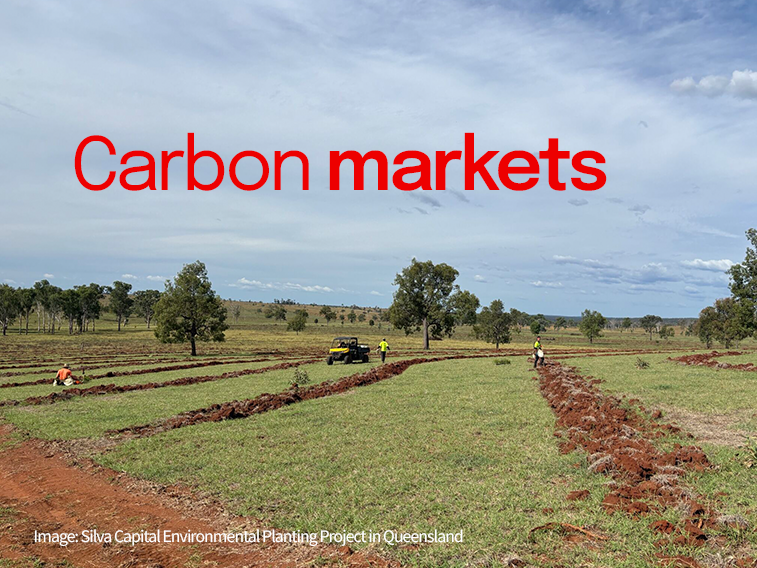Australian carbon project developers see a maturing of institutional financing as key to scaling the market and taking it on a similar trajectory as renewable energy.


In this Weekly, we look at some of the key risks around the Australian inflation outlook in the context of measured inflation turning higher globally.
© National Australia Bank Limited. ABN 12 004 044 937 AFSL and Australian Credit Licence 230686.